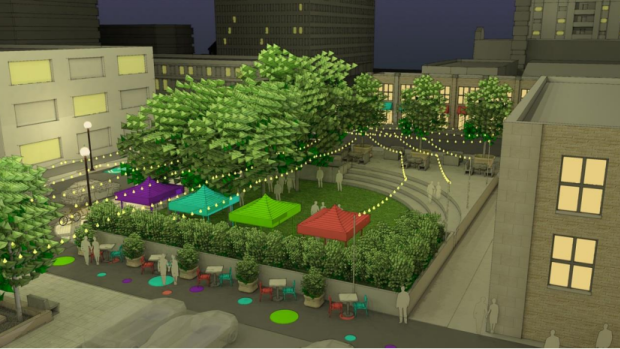View the original story published on the Centretown News website here.
Friday November 14.
Somerset Ward’s voter turnout rate continued its decline in the October election, a problem forcing newly elected Catherine McKenney to confront the ward’s growing transient population.
The wide-open election race featured 11 candidates, with mainstay Diane Holmes retiring after years in municipal politics.
Average voter turnout this year was 39.82 per cent, putting Centretown just below the city average. Voter turnout across Ottawa has been in rapid decline since 2006, with rates plunging from 54 per cent to 40 and dropping.
Somerset Ward fell from 50 to 43 per cent from 2006 to 2010 and now to under 40 per cent in 2014.
Somerset was one of only two of the city’s 23 wards with 11 candidates, the highest number in this year’s election.
The diversity of urban Centretown are one explanation for declining voter turnout.
Carleton University political sciencist Conrad Winn suggests voter turnout is directly related to how “consequential” an election seems. When individuals feel that all the options on the ballot offer them the same thing, they are not as likely to vote than if candidates vary in platforms, he says.
“There aren’t a lot of radical things that politicians at any level of government can do,” says Winn. “When you look at where turnout is high, it’s because the election is consequential. Voter turnout is lowest at the local level because the consequences are smallest.”
Somerset’s young population, 40 per cent of which is between the ages of 15 and 29, may also explain the result.
Winn says low voter turnout is a result of the growing “social youth” demographic, a group finding less motivation to engage in municipal politics.
“People are staying young longer and longer. They’re getting married really late, they’re having children really late,” he says. “They don’t have the same pressing reasons to follow municipal politics and vote.”
These pressing reasons, Winn suggests, can include having a child, owning property or land, or having a long-term job. The “social youth” demographic is waiting longer before settling down and in doing so prolongs their period of non-committal involvement with local politics.
“People aren’t going to vote when they don’t understand what’s happening,” he says. “Municipal and ward politics are hard to understand unless you have lived in that ward for a long time.”


